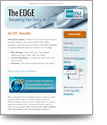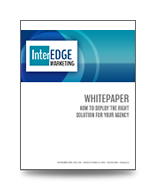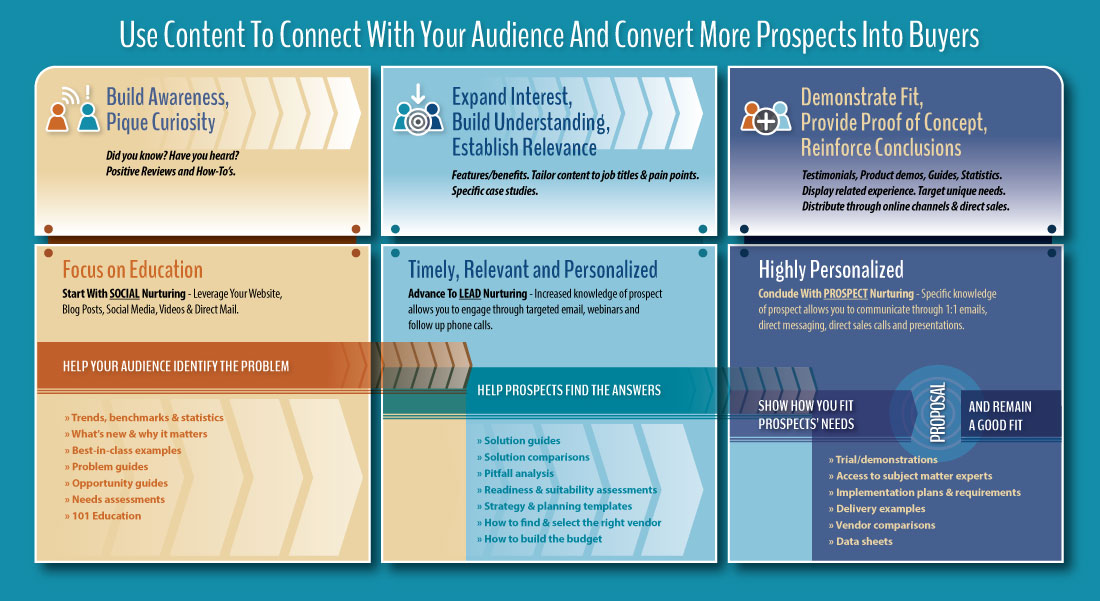Lengthy gaps between blog posts, infrequent web page updates, abandoned social media channels. A common problem without a content plan.
A plan doesn’t guarantee success anymore than a checklist ensures you complete all your tasks in a day. But, there is good reason that checklists are a revered organizational tool and manifesto. Because they work. Implementing a checklist or editorial calendar will ensure your content gets on track.
Writing regular content is hard. Especially if it is one of many tasks that fall on your shoulders. However, constructing an editorial calendar will add the organizational element you need to take you down the path to success.

An Editorial Calendar is a Living Document
A defined plan will at times require altering due to an important new topic or unexpected event. With flexibility in mind, build a one year plan. But focus on the next three months. Plug in stories that you know will occur at certain times of the year, like news from an important trade show, a new product release or charity event. Revisiting your editorial calendar quarterly will allow you to effectively develop topics and provide contributors (even if that is only you) enough time to write the material.
Publication Date
The publication date is your written goal for everyone to see. It commits you to delivering on the date you define. It also helps you organize your content in a way that fits your needs and resources.
Distribution Channels
The great thing about content is the opportunity to repurpose into other areas. Considering each topic and how modifications or snippets could fit other channels will increase the effectiveness and reach of every article.
Writer, Subject Matter Expert or Research Source
Even if a contributor isn’t tasked with writing the entire article, determining who can assist is crucial. It identifies, in advance, where to get the information necessary to develop the content. Advancing the topic to the SME allows them to provide more thoughtful feedback. These steps greatly reduces your burden when a deadline is approaching.
Nurturing Category
Your content should target a phase of the purchasing funnel. From awareness and curiosity to identifying a problem, fixing the problem and validation. Developing topics that are relevant to each area will help keep your content focused on the breadth of challenges your customer’s face.
Keywords
Regardless of the distribution channel, use your editorial calendar to define the keywords that both represent your content and your audience needs.
Linking Strategy & Complementary Content
You can bolster new posts or pages by linking it to content you have previously developed. A topic may also be an opportunity to provide a guest post or article. This creates greater publicity for you and creates backlinks that bolster your site authority.
Lastly, don’t forget that your content should have an approval process. At minimum you should get a second set of eyes to check for typos and ensure clarity. Build this into your plan.
Fresh content provides your audience with useful information. It builds your brand, guides prospects down the purchasing funnel and improves search results.. An editorial calendar will inspire you develop great content ideas and stick to your plan.
Contact InterEdge Marketing to learn more about how content strategy and development can impact your revenue.






 Insight Delivered Directly to You Interesting topics, great offers and free marketing tools.
Insight Delivered Directly to You Interesting topics, great offers and free marketing tools.

